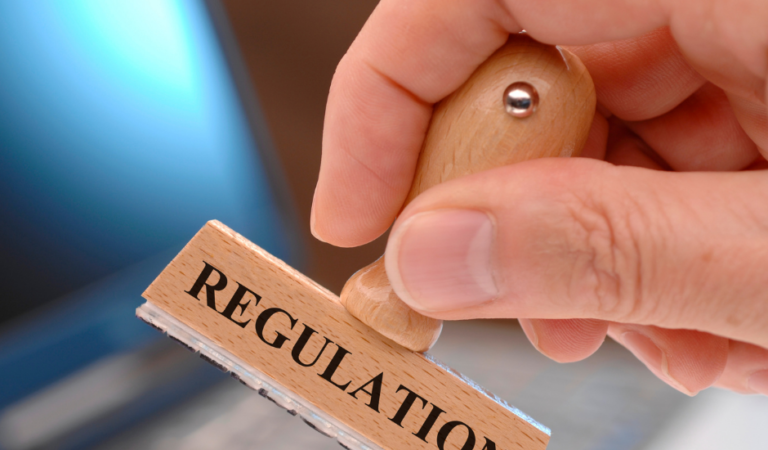 10th November 2022
10th November 2022Water Hygiene in Residential Properties
A reliable source of clean water is essential for good health and wellbeing. Bacteria and other organisms are present in water systems naturally, but if they’re given the right environment to flourish, they can make humans sick when consumed.
Among the most prevalent and dangerous bacteria in regard to water hygiene is Legionella.
So we’ve created this post for you, to assist you in avoiding hygiene issues to ensure you remain safe.
How Harmful is Legionella?
Legionella bacteria is the cause of Legionnaires’ disease, a type of pneumonia. When contracted, Legionnaires’ disease is a dangerous lung infection that requires an antibiotic course of treatment.
Although anybody can contract it, the majority of victims are often over 50. Greater risk applies to people who smoke, have underlying medical conditions, or have a weakened immune system.
Below 20°C and beyond 60°C, the bacteria can’t survive and won’t grow. Legionella bacteria thrive best in stagnant water that is kept between 20°C and 45°C.
How Do You Get Legionnaires’ Disease?
If you breathe in tiny droplets of water that contain the infection-causing bacteria, you could acquire Legionnaires’ disease. The tiny droplets could be from taps or spray from a shower. This is the only way it can be contracted – it cannot be passed from one person to another directly.
Typically, it is contracted in establishments where the bacteria has entered the water supply, such as hotels, hospitals, or businesses. It cannot be caught from drinking water which is safe which is why it is actually less likely that you’ll get it at home.
Common Ways Legionnaires’ is Contracted
Legionnaires’ disease can be contracted from items like:
- Air Conditioning Systems
- Humidifiers
- Hot Tubs and Spa Pools
- Infrequently used taps and showers.
Though legionella bacterium is waterborne, it cannot actually be caught from water sources themselves such as drinking water with legionella pneumophilia, ponds, lakes, or rivers.
Symptoms of Legionnaires’ Disease
Legionnaires’ disease symptoms include:
- Chest Pain
- Coughing
- Breathing difficulties
- Flu-like Symptoms
- A fever or high temperature.
How At Risk Are Residential Properties?
Because your water is used daily, above 45°C, and held in smaller amounts, the risk to your property is low. The bacteria typically do not have enough time to proliferate significantly.
However, when a building has been vacant for an extended period of time, this risk can rise.
Improving Water Hygiene in the Home
There are a few easy things you may do to lower the legionella risk in your house:
- Keep hot water at a temperature of 50 – 60 degrees. Your hot water cylinder’s thermostat should be set to 60 degrees when appropriate. As this is a high temperature setting, children and the elderly should use hot water under close adult supervision to prevent scorching.
- Combination boilers eliminate the requirement for hot water being stored by delivering hot water right to the faucets.
- If there’s a shower installed, you should remove the showerhead and hose each month to flush it through and descale them.
- To avoid limescale build up, frequently clean the tap outlets.
The Importance of Water Hygiene
One of the best ways for people to prevent infection at home, at work, in school, or in the healthcare setting is by adopting good hygiene habits.
Poor hygiene puts patients at danger in hospitals, causes illnesses, and prevents adults from working and supporting their families.
Cleaning domestic water tanks is crucial for maintaining water quality and controlling Legionella. The water tank may become clogged with dirt, dust, debris, mould, and potentially deadly bacteria like Legionella over time. These will be eliminated by frequent cleaning procedures based on risk assessments, ensuring the system is safe, secure, and compliant.
Our Legionella Services
Employers and those with property management responsibilities, such as landlords, need to be aware of the health dangers posed by legionella.
The law governing the obligations of employers with properties where water is used or stored is known as ACOP L8. Water poses a risk of legionella contamination if it may be inhaled.
You are accountable for preventing Legionella as the person in charge of the property, and part of that responsibility is make sure each building you oversee has a thorough risk assessment. It should be frequently examined as part of a prevention and management plan of Legionella. The whole point of the risk assessment is to spot any modifications or inadequacies.
Cold Water Storage offers a full risk assessment, which includes a site survey by one or more of our risk assessors to ensure Legionella protection. We make sure that crucial information and photographs are gathered while also performing risk assessments on all home water systems.
With a team of mechanical fitters and extensive experience of the legionella business, CWS is able to recommend a number of choices based on price and risk. Get in touch with us today if you’re interested in any of our services – that includes tank installation, repair, relining, and replacements.